Key Takeaways
- Emergency fixes work: Add boiling water (1 tsp at a time) or warm cream to rescue seized chocolate
- Prevention is key: Keep all tools dry and use gentle, consistent heat when melting
- Overheated chocolate: Cool quickly with room-temperature chocolate pieces or strain out lumps
- Repurpose rescued chocolate: Use fixed chocolate for sauces, ganaches, or baking recipes
- Quality matters: Premium chocolate from Zucchero Canada is more forgiving to work with
Picture this: you're crafting beautiful chocolates for a special occasion, carefully melting your premium cocoa, when suddenly your silky smooth chocolate transforms into a thick, grainy mess. If you've experienced this chocolate catastrophe, you're not alone—and more importantly, there's hope! This comprehensive guide will show you exactly how to fix seized chocolate and prevent future mishaps, helping Canadian home bakers and chocolatiers rescue their precious chocolate creations.
What Causes Chocolate to Seize or Burn?
Understanding why chocolate seizes is the first step to preventing and fixing the problem. Seized chocolate occurs when your smooth, melted chocolate suddenly transforms into a thick, grainy paste that's impossible to work with.
Primary Causes of Seized Chocolate
Moisture Contact: Even a single drop of water can cause chocolate to seize instantly. This happens because chocolate contains no moisture, so when water meets the dry cocoa particles and sugar, they bind together creating thick clumps instead of staying suspended in the cocoa butter.
Overheating: When chocolate gets too hot, the cocoa particles clump together and separate from the cocoa butter. Dark chocolate should never exceed 50-55°C (122-131°F), while milk and white chocolate can only handle 45-50°C (113-122°F) due to their milk solids.
Insufficient Liquid: Sometimes chocolate seizes when there's not enough liquid in a recipe. If you're making ganache or chocolate sauce with high-percentage dark chocolate, you need more liquid to keep the chocolate fluid.
Temperature Shock: Sudden temperature changes, like adding cold liquid to hot chocolate, can cause immediate seizing.
How to Fix Seized Chocolate
Don't panic if your chocolate has seized! Here are four reliable methods to rescue your chocolate, each suited for different situations.
Method 1: The Boiling Water Technique (Most Effective)
This counterintuitive method works by adding enough moisture to dissolve the sugar and cocoa particles completely.
What you'll need:
- Boiling water
- Whisk or wooden spoon
- Your seized chocolate
Step-by-step process:
- Bring water to a rolling boil
- Add exactly 1 teaspoon of boiling water to your seized chocolate
- Whisk vigorously for 30 seconds
- If still grainy, add another teaspoon and repeat
- Continue until the chocolate becomes smooth and glossy
Important note: The chocolate will initially look worse before it gets better—this is normal! You'll see it progress from grainy to oily-looking, then finally to smooth.
Method 2: Warm Cream Addition (Best for Ganache)
Perfect when you're making ganache or need chocolate for sauces.
Process:
- Heat heavy cream to about 60°C (140°F)
- Add 1 tablespoon of warm cream to seized chocolate
- Stir gently with a rubber spatula
- Continue adding cream gradually until smooth
- This creates a rich ganache perfect for desserts
Method 3: Fat Addition (For Coating and Dipping)
Use this method when you need chocolate for dipping or coating.
Options:
- Vegetable oil (1 tablespoon per 170g chocolate)
- Coconut oil (melted)
- Cocoa butter
- Unsalted butter
Technique:
- Add fat gradually while stirring constantly
- Work the mixture until smooth
- The chocolate will regain its glossy appearance
- Perfect for chocolate coating applications
Method 4: Double Boiler Recovery
For gentle restoration when other methods haven't worked.
Setup:
- Create a double boiler with simmering (not boiling) water
- Place seized chocolate in the top bowl
- Add liquid or fat gradually while stirring
- Keep heat very low to prevent further damage
- Be patient—this method takes time but offers the most control
How to Fix Overheated Chocolate
Overheated chocolate differs from seized chocolate. While seized chocolate becomes thick and grainy due to moisture, overheated chocolate becomes lumpy because the cocoa particles clump together from excessive heat.
Quick Cooling Method
Immediate action:
- Remove chocolate from heat source immediately
- Add room-temperature chocolate pieces (¼ to ½ cup)
- Stir continuously until temperature drops
- The cool chocolate will bring down the overall temperature
Straining Technique
For severely overheated chocolate with lumps:
- Pass the chocolate through a fine mesh sieve
- Press gently to remove lumps
- This salvages the smooth portions
Temperature Recovery
Professional approach:
- Use a candy thermometer to monitor temperature
- Cool chocolate to proper working temperature (see temperature guide below)
- Add fresh chocolate pieces to stabilize
Essential Temperature Guide for Canadian Chocolatiers
Getting temperatures right prevents most chocolate problems:
| Chocolate Type | Maximum Safe Temperature |
|---|---|
| Dark Chocolate | 50-55°C (122-131°F) |
| Milk Chocolate | 45-50°C (113-122°F) |
| White Chocolate | 40-45°C (104-113°F) |
Prevention: Your Best Defence Against Chocolate Disasters
Keep Everything Bone Dry
- Wipe all utensils, bowls, and surfaces completely dry
- Check that your hands are dry before handling chocolate
- Keep a clean kitchen towel nearby for quick drying
Use Proper Melting Techniques
- Double boiler with barely simmering water
- Microwave in 15-20 second intervals, stirring between each
- Never let water boil vigorously under your chocolate bowl
Choose Quality Chocolate Premium chocolate from suppliers like Zucchero Canada contains better cocoa butter ratios and is more forgiving during the melting process. Their Venezuelan cocoa beans and specialty chocolates provide more stability during heating.
Monitor Temperature Constantly
- Use a reliable candy thermometer
- Remove from heat before reaching maximum temperature
- Remember that chocolate continues cooking from residual heat
What to Do with Successfully Rescued Chocolate
Once you've fixed your seized or overheated chocolate, you'll need to adjust your plans since the texture and properties have changed.
Best Uses for Rescued Chocolate:
For Water-Rescued Chocolate:
- Hot chocolate drinks
- Chocolate sauces and syrups
- Drizzling over desserts
- Mixing into brownie or cake batters
For Cream-Rescued Chocolate:
- Ganache for truffles
- Chocolate frosting
- Filling for pastries
- Chocolate tart filling
For Fat-Rescued Chocolate:
- Dipping sauce (though thicker than original)
- Cookie or cake glazing
- Chocolate bark with nuts and dried fruits
When to Start Over vs. When to Rescue
Sometimes it's better to start fresh with new chocolate. Start over if:
- Chocolate smells burnt or bitter
- Chocolate has turned very dark or black
- Multiple rescue attempts have failed
- You need pure melted chocolate for tempering or mold work
Rescue attempts work best when:
- Chocolate seized from moisture but isn't burnt
- You can repurpose the chocolate for sauces or ganaches
- The chocolate still smells normal
- You're willing to adapt your recipe
Advanced Tips for Canadian Chocolatiers
Working in Canadian Climate
Canada's varying humidity levels can affect chocolate work:
- Winter: Very dry air can cause static; slightly increase liquid in recipes
- Summer: High humidity increases seizing risk; work in air-conditioned spaces when possible
- Coastal regions: Extra vigilance needed due to higher moisture levels
Professional Equipment Worth Considering
For serious Canadian chocolate makers, investing in proper equipment from Zucchero Canada's machine collection can prevent most problems:
- Chocolate tempering machines: Maintain precise temperatures
- Professional melting tanks: Even heat distribution
- Digital thermometers: Accurate temperature monitoring
Frequently Asked Questions
Q: Can I prevent chocolate from seizing completely? A: While you can't guarantee it will never happen, following proper techniques (dry equipment, gentle heat, quality chocolate) reduces the risk by over 90%.
Q: Is rescued chocolate safe to eat? A: Absolutely! Rescued chocolate is perfectly safe and often tastes just as good, though the texture may be different from the original.
Q: How long does rescued chocolate last? A: Use rescued chocolate within the same timeframe as regular melted chocolate—typically within a day or two if stored properly in the refrigerator.
Q: Can I re-temper rescued chocolate? A: Generally no. Rescued chocolate has had its crystal structure altered and won't temper properly. It's best used for applications that don't require tempering.
Q: What's the difference between seized and burnt chocolate? A: Seized chocolate becomes thick and grainy but retains its chocolate flavor. Burnt chocolate develops a bitter, acrid taste and dark color—it cannot be rescued and should be discarded.
Q: Why does adding water fix seized chocolate when water causes seizing? A: Small amounts of water cause seizing, but adding enough water dissolves the sugar completely, creating a syrup that allows the cocoa particles to flow freely again.
Your Chocolate Success Story Starts Here
Fixing seized chocolate and overheated chocolate is a skill every Canadian chocolatier should master. With these proven techniques, you'll never have to throw away precious chocolate again. Remember, even professional chocolatiers face these challenges—the difference is knowing how to fix them quickly and effectively.
Whether you're working with premium cocoa beans from Zucchero Canada or experimenting with their professional chocolate molds, these rescue techniques will keep your chocolate creations on track.
The key is staying calm, acting quickly, and choosing the right rescue method for your situation. With practice, you'll develop the confidence to handle any chocolate emergency that comes your way.

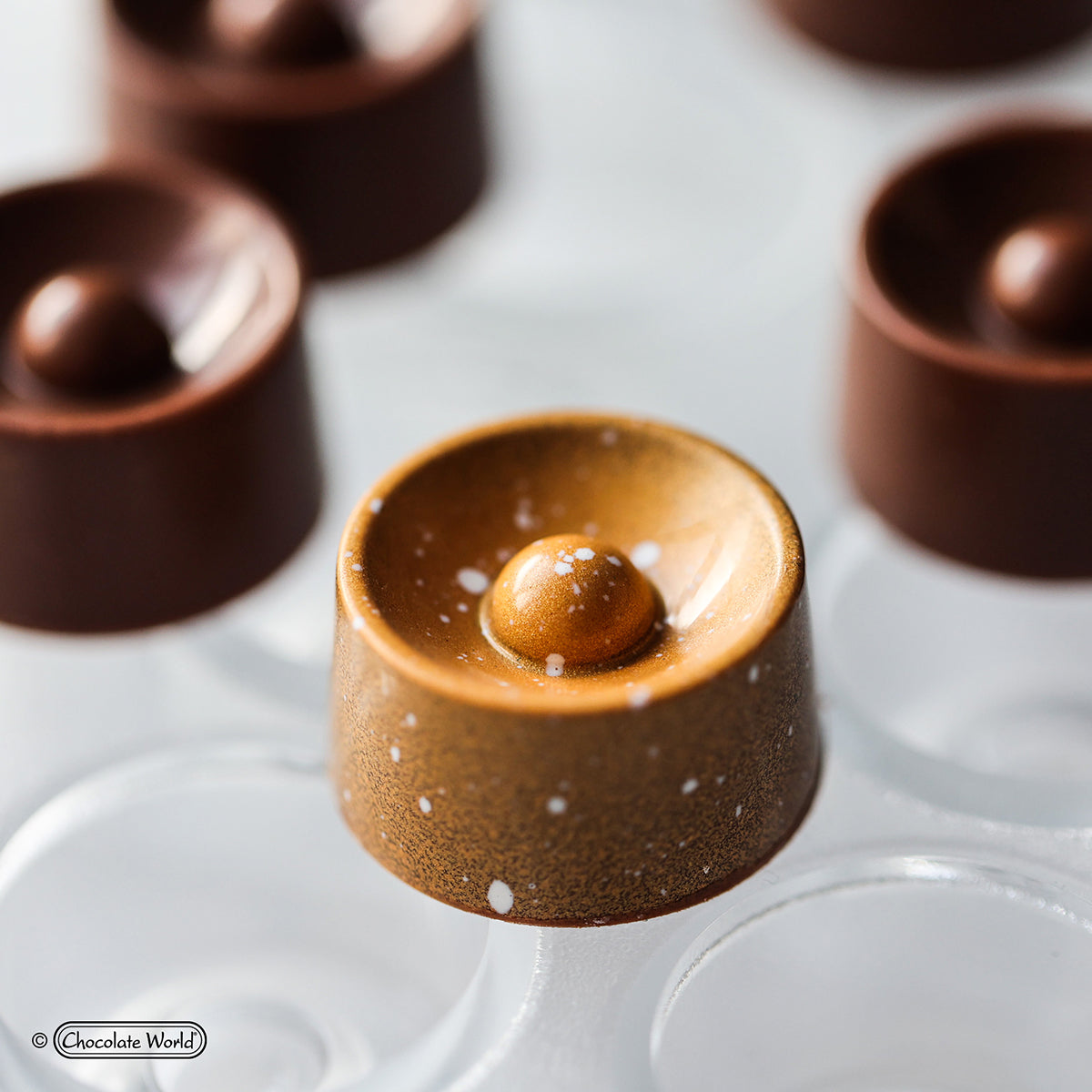
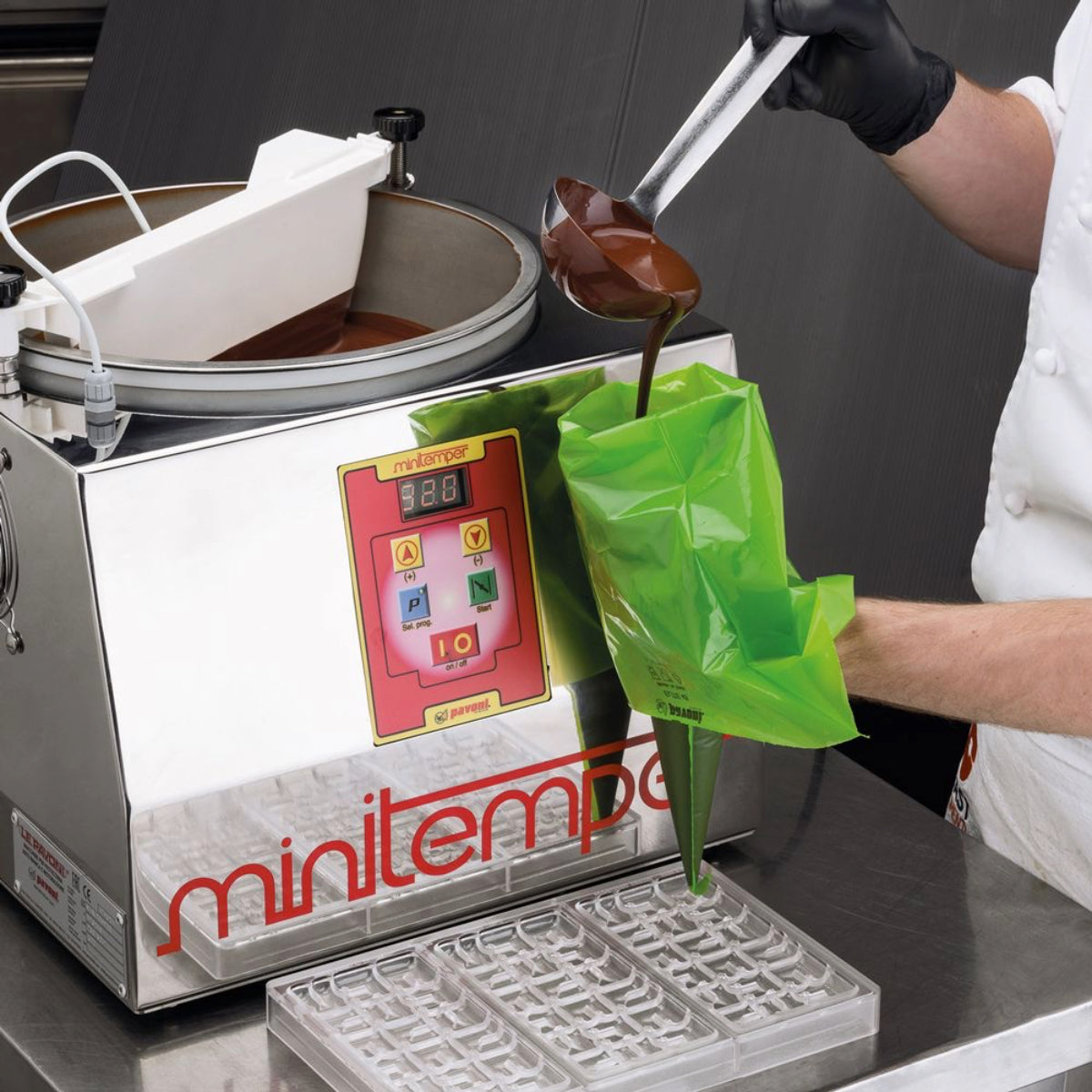
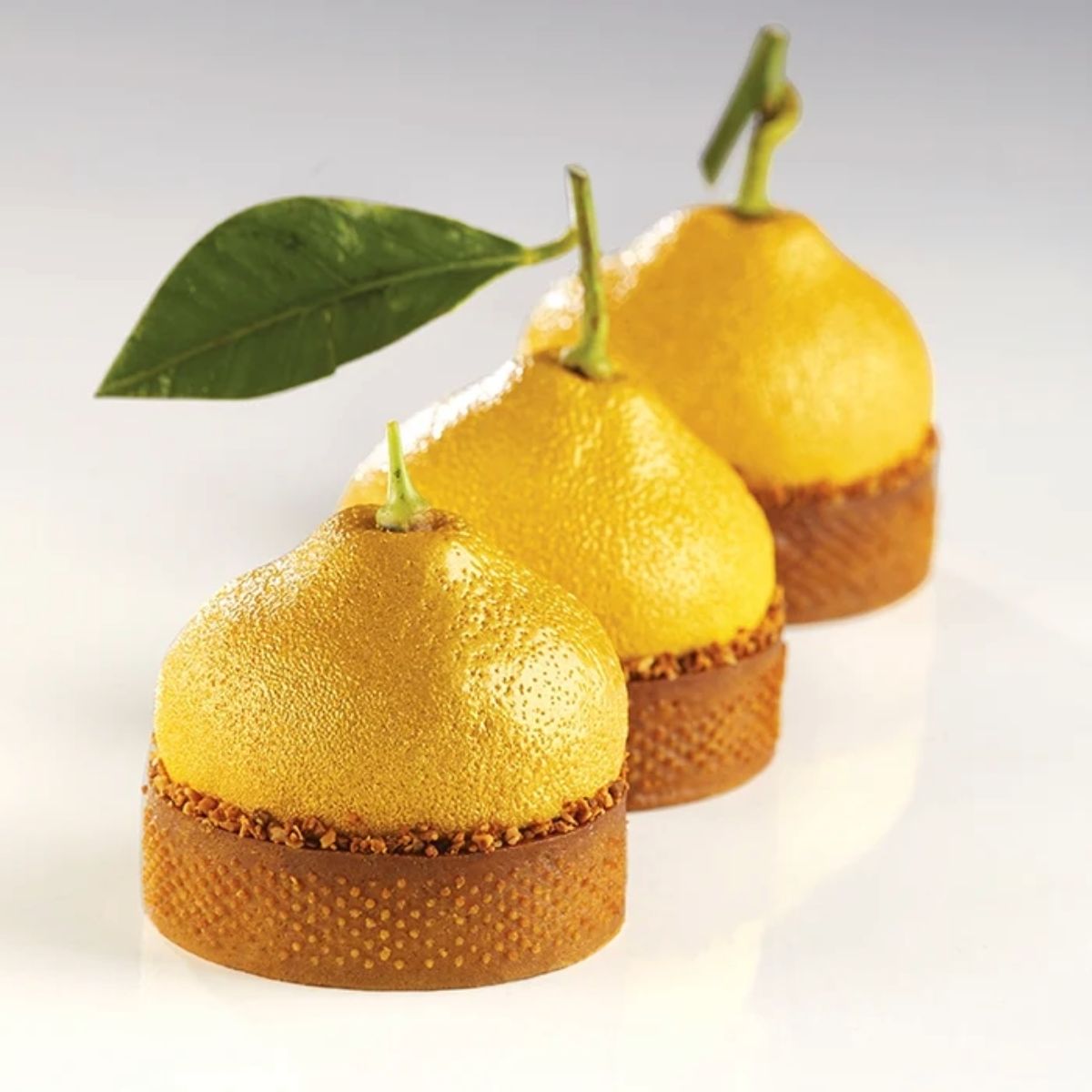
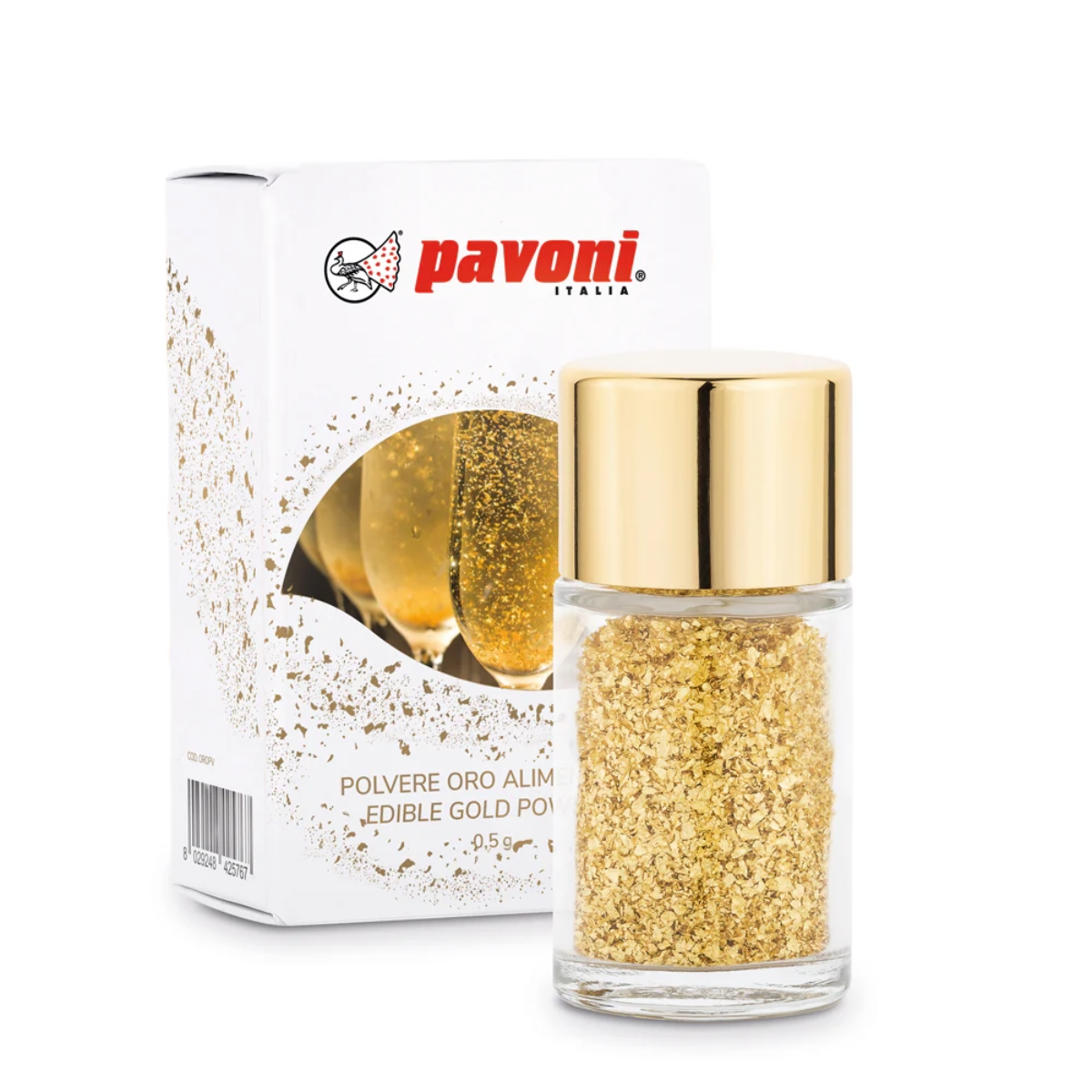
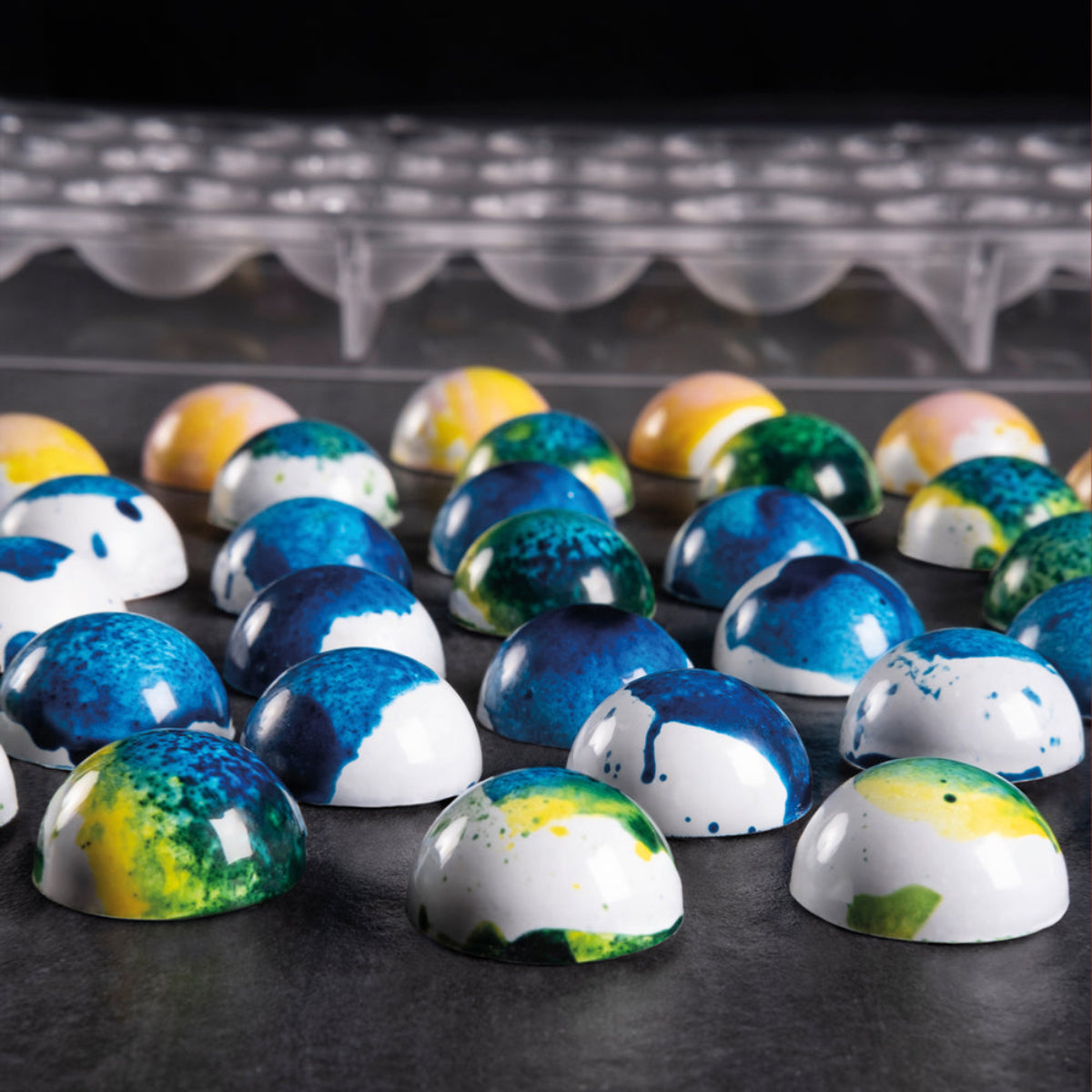



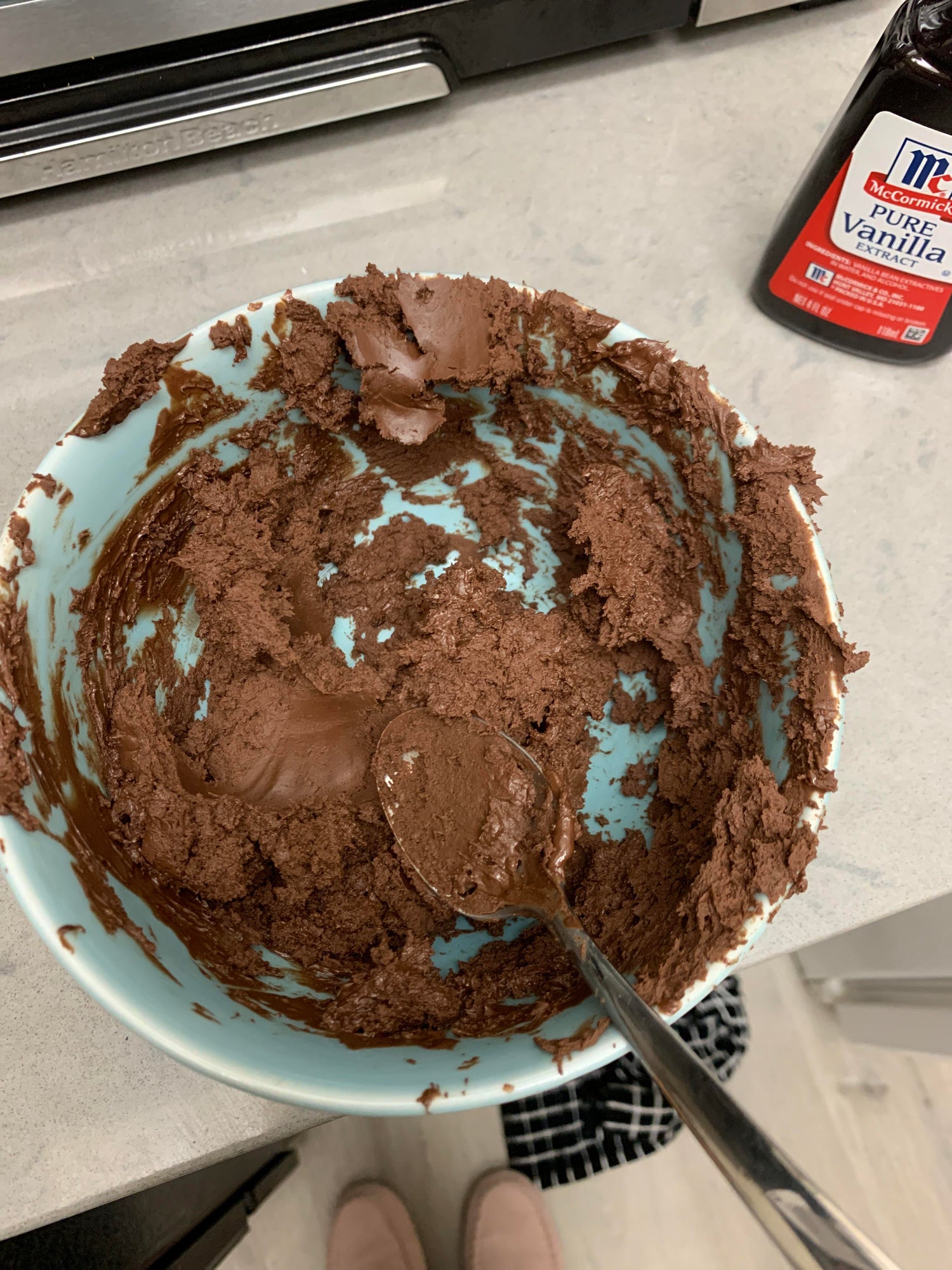
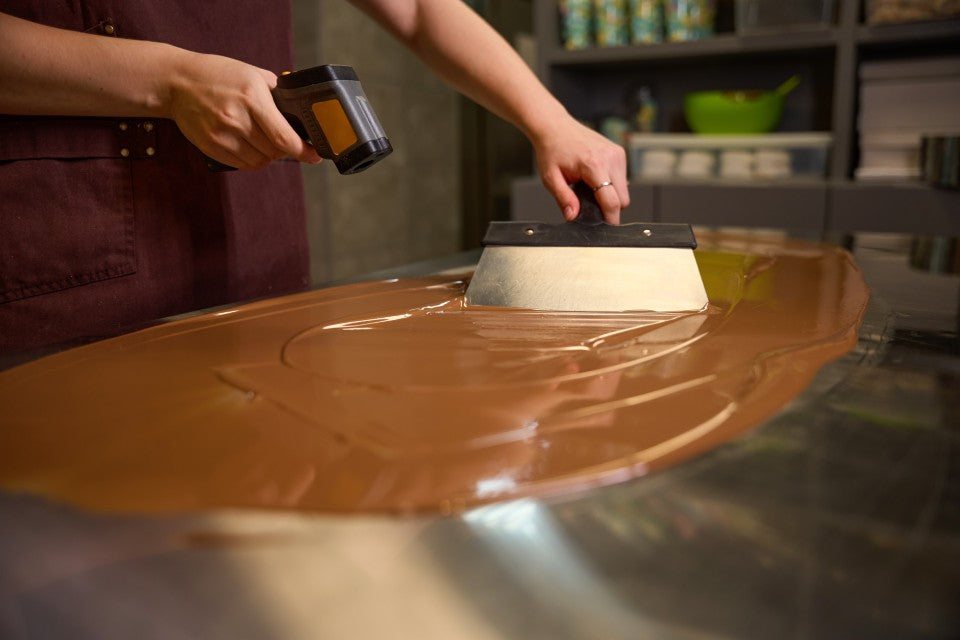
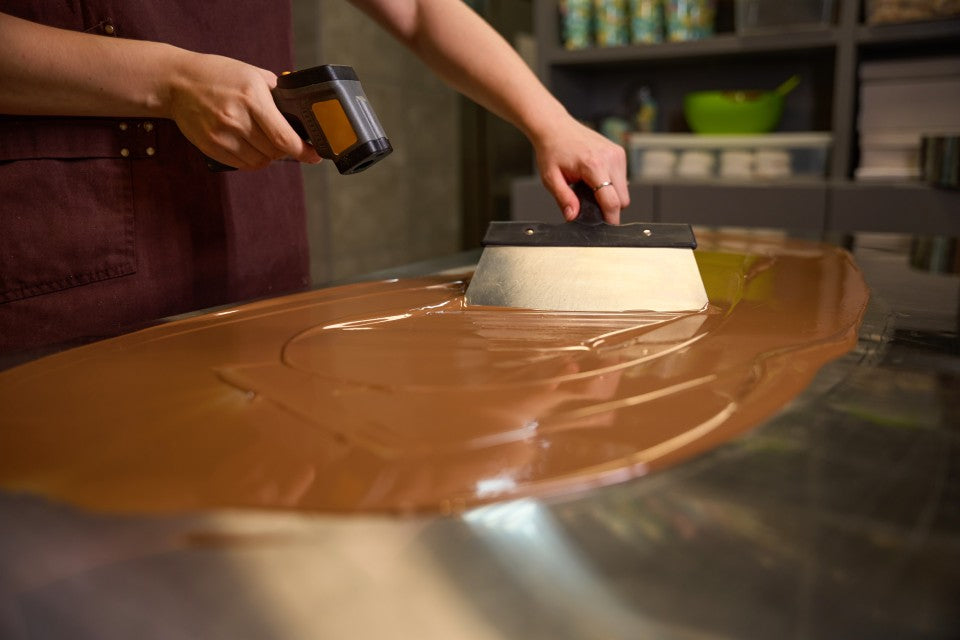


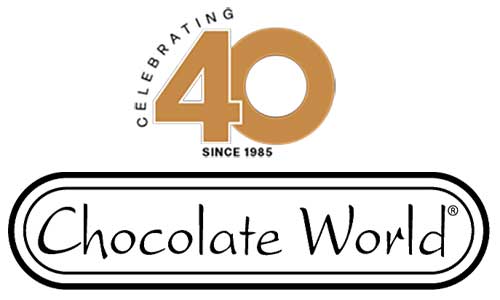

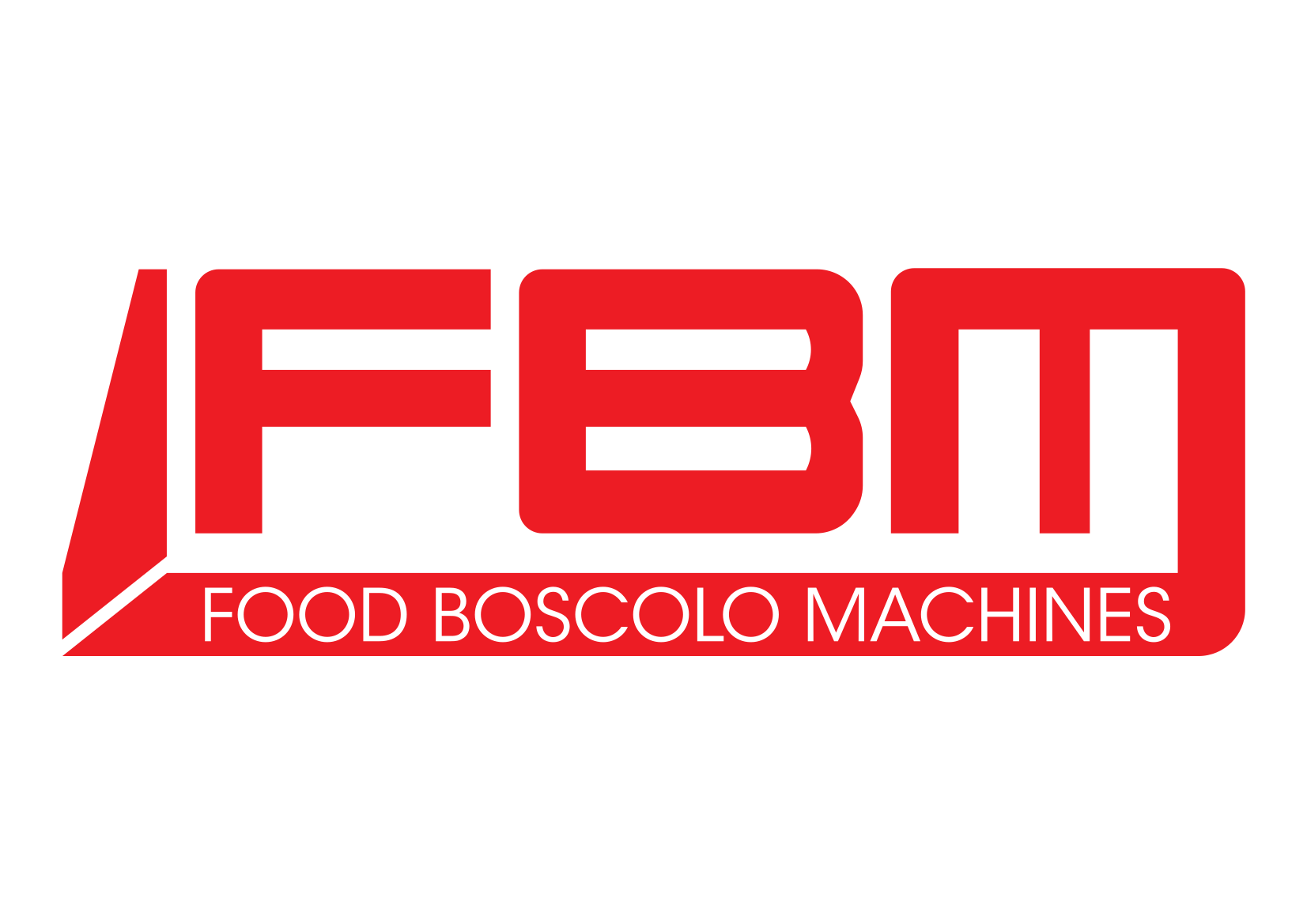



















Dejar un comentario
Todos los comentarios se revisan antes de su publicación.
Este sitio está protegido por hCaptcha y se aplican la Política de privacidad de hCaptcha y los Términos del servicio.